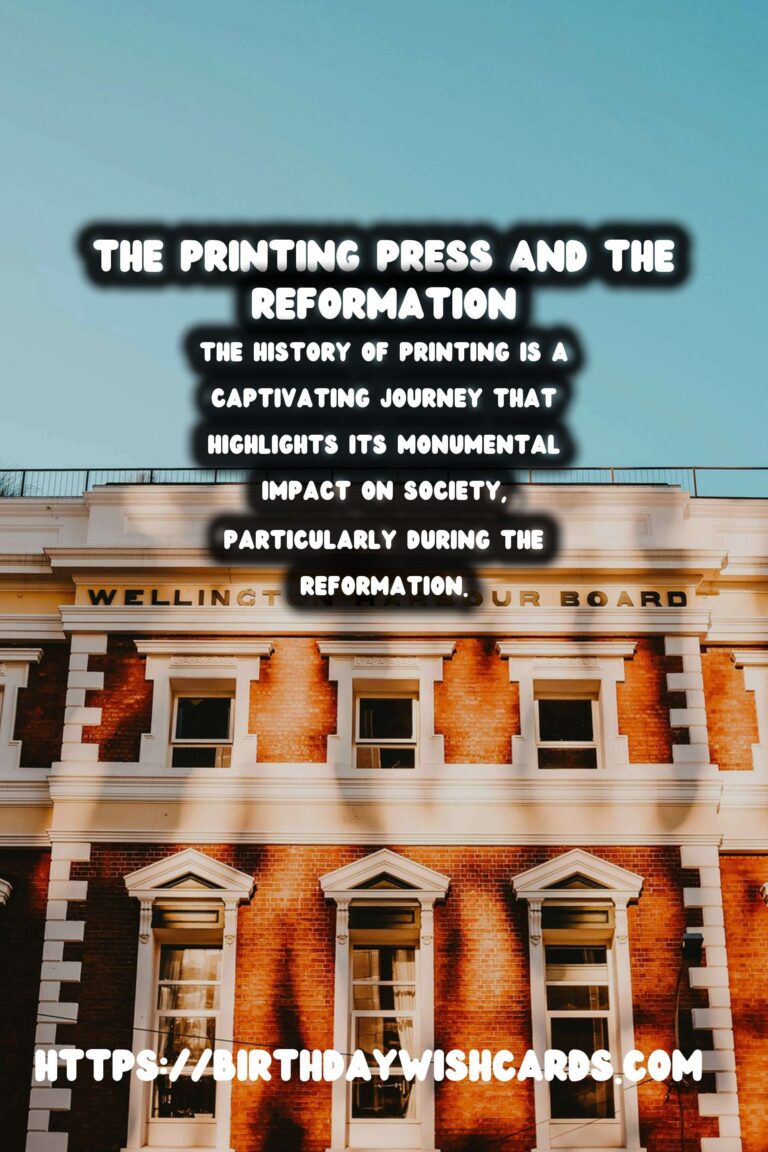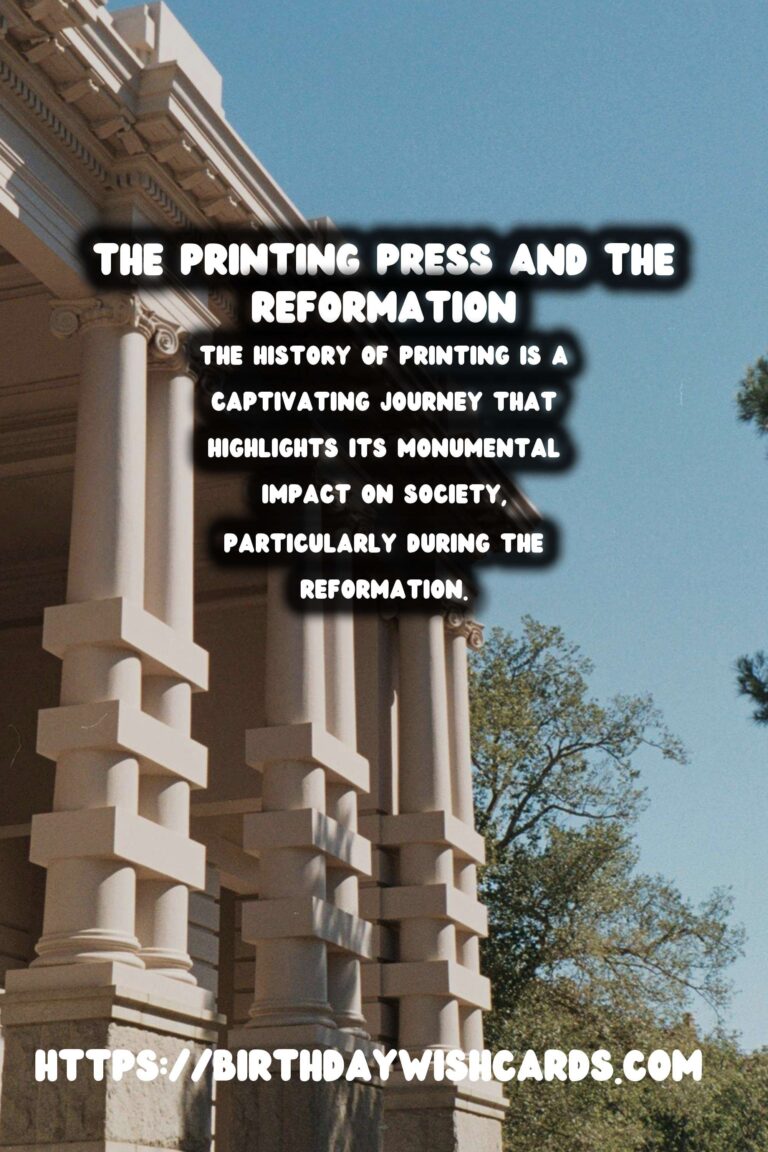
The history of printing is a captivating journey that highlights its monumental impact on society, particularly during the Reformation. As one of humanity’s most revolutionary inventions, printing drastically transformed communication, education, and religion, paving the way for modern information dissemination.
The Invention of the Printing Press
The inception of the printing press is credited to Johannes Gutenberg in the mid-15th century. The press catalyzed mass production of books, which were once laboriously copied by hand. Gutenberg’s use of movable type technology was groundbreaking, facilitating the swift spread of knowledge and ideas.
Before the advent of printing, books were rare treasures, penned meticulously by monks and scholars. This exclusivity kept knowledge confined to a learned few. Gutenberg’s innovation democratized information, allowing books to reach a broader audience.
Printing and the Spread of Knowledge
Printing enabled the swift reproduction of texts, leading to unprecedented dissemination of knowledge. The newfound accessibility of printed materials not only fueled the Renaissance but also laid the intellectual groundwork for the Reformation. By the early 16th century, Europe was ripe for religious transformation.
The Reformation: A Revolution Fueled by Print
The Protestant Reformation was a catalyst for profound religious change, driven by the relentless spread of reformist ideas. Martin Luther, a German monk and seminal figure of the Reformation, famously posted his Ninety-Five Theses in 1517. The printing press played a quintessential role in propagating his critiques of the Catholic Church, allowing pamphlets and translated Bibles to reach a vast audience swiftly.
Luther leveraged the printing press to challenge ecclesiastical authority and traditional religious practices. His writings quickly circulated across Europe, sparking debates and inciting demands for reform. The speed and reach of printed material ignited a religious fervor, planting seeds of reform in distant lands.
The Impact on Society and Religion
The printing press not only facilitated the spread of Reformation ideas but also changed the religious landscape of Europe. As literacy rates soared, individuals were empowered to engage with religious texts directly. This shift diminished reliance on clerical interpretation and fostered personal connections to faith.
Moreover, the availability of vernacular Bibles allowed believers to access sacred texts in their native languages. This accessibility fostered diverse interpretations and spiritual exploration, contributing to religious pluralism.
Conclusion: Printing’s Enduring Legacy
In summary, the invention of the printing press was a transformative force, profoundly influencing the course of the Reformation. This potent technology reshaped the fabric of society, challenging religious orthodoxies and democratizing knowledge.
Today, we continue to experience the repercussions of this revolution. The dissemination of ideas through printed media continues to inform, educate, and inspire, echoing the spirit of reform and progress initiated centuries ago.
The history of printing is a captivating journey that highlights its monumental impact on society, particularly during the Reformation. Gutenberg’s use of movable type technology was groundbreaking, facilitating the swift spread of knowledge and ideas.
#PrintingHistory #Reformation

